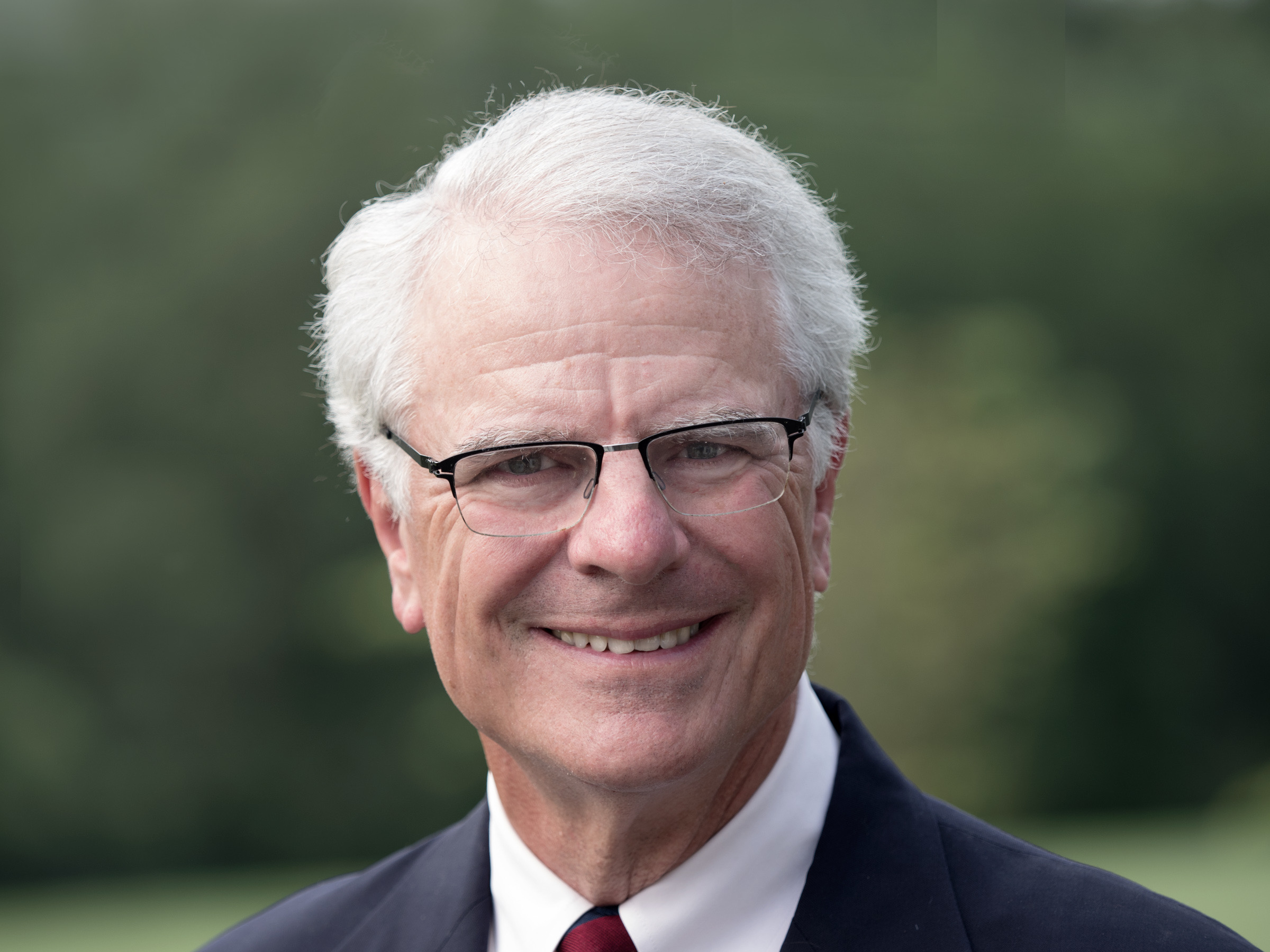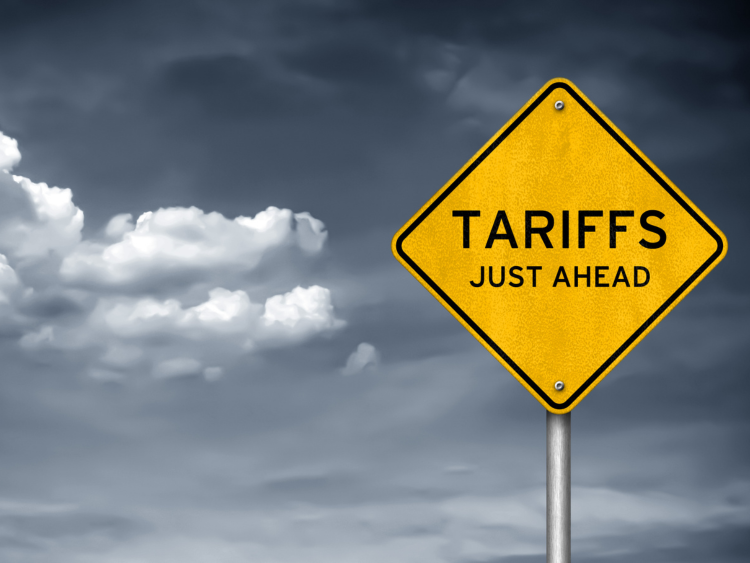Trade Cases

Leibowitz: COVID and the Power of the Presidency
Written by Lewis Leibowitz
January 9, 2022
By Trade Attorney Lewis Leibowitz
Last week, the Supreme Court issued two important preliminary rulings in cases that challenged the authority of the Executive Branch to require vaccinations for workers. In one, the Court ruled 6-3 that the Secretary of Labor (through the Occupational Safety and Health Administration or OSHA) probably lacked the authority to order all employers of more than 100 people to require vaccinations or regular and frequent testing of their workers. In the other, the Court ruled 5-4 that the Secretary of Health and Human Services probably has the authority to order health care workers in facilities participating in Medicare and Medicaid to have vaccines.
![]()
At first glance, these rulings may seem contradictory—but they tell us something, maybe a lot, about the attitude of the Supreme Court concerning the limits of federal agencies to meet emergencies. That attitude may extend well beyond COVID policy and tell us about other situations affecting our lives and businesses. That is worth thinking about.
As with all cases, it’s important to understand the context in which the issues arise. Here, the Biden administration announced two sweeping directives in November 2021. The first requires employers with 100 or more workers to require vaccinations for all full-time employees (the employer mandate), with some exceptions, and the second requires health care facilities receiving Medicare or Medicare funding to require their staff interacting with patients to be vaccinated (health care workers mandate), again with certain exceptions.
About half the states and many private companies sued immediately challenging these directives. The employer mandate was originally enjoined by lower courts, but the Court of Appeals for the Sixth Circuit reinstated it, resulting in an appeal to the Supreme Court by the states and businesses challenging the employer mandate and seeking to prevent it from taking effect until full court review was completed. The health care workers mandate was enjoined, resulting in an appeal to the Supreme Court by the Department of Health and Human Services urging that the Court permit it to take effect, again pending further review.
On Jan. 7, both cases were argued before the Supreme Court. Six days later, the Court ruled. It was a matter of interest how the Justices approached the two cases.
First, as mentioned, the rulings were preliminary—the Court did not “strike down” either rule. The only issue decided on Jan. 13 was whether the effectiveness of the two rules would be prevented until further judicial review could be completed. On that issue, the Court gave the health care worker mandate a thumbs-up, meaning that it can continue to be effective until the Court has ruled on the broader question of legality. But it gave a thumbs-down on the employer mandate, meaning that it cannot take effect until judicial proceedings are finished.
Why the difference in treatment? The first answer is that the mandates were issued under two different (and differently worded) statutes. The employer mandate was issued by OSHA, which is responsible for maintaining workplace safety. The Justices in the majority pointed out at the outset of their analysis that OSHA had never issued a mandate involving a communicable disease, which of course extends beyond the workplace. When determining whether Congress has authorized an agency to wield such sweeping federal power, the Court said that Congress must “speak clearly” before such a major expansion of authority. The majority did not find such a clear instruction from Congress. Thus, an employer mandate presumably could be issued, but more direct authority from Congress is required for such an unusual directive from OSHA. Words matter, especially statutory words.
The three dissenting Justices argued that, while the situation was unusual for OSHA, it was within the zone of authority that Congress had already provided. The dissent concentrated on the urgency and the seriousness of the problem, while the unsigned majority opinion (known in legal parlance as “per curiam”) discussed the limitations on congressional delegation of legislative power to the Executive. In short, the two sides were not in agreement on what the real issues were. The two sides did not agree on the meaning of the words of the statute, perhaps because they approached the problem from different directions. That is why individual opinions matter.
In the health care workers case, the discussion was similar but the pro-mandate Justices had the numbers. Looking at the public concurrences and dissents, it is apparent that Chief Justice Roberts and Justice Kavanaugh changed sides, supporting the federal agency in the health care workers case and opposing it in the employer mandate case. The difference appeared to be that, in the latter case, Congress had been clear about the scope of authority to protect patients in Medicare and Medicaid facilities from communicable diseases, while it had not been clear about giving OSHA the authority to deal with health dangers that extend far beyond the workplace.
As noted, the battle is far from over, because the Court must still rule on whether or not the two rules are within the delegated authority of Congress. That could be this term (which ends July 1) or next term (which starts in October).
The opinion that may have the broadest implications on the scope of Executive power might be a concurring opinion authored by Justice Gorsuch in the employer mandate case (National Federation of Independent Business v. OSHA). This opinion discussed the concept of federalism (27 states had challenged the OSHA mandate because it impinged on state authority) and separation of powers within the federal government (because Congress had not spoken “clearly” about OSHA’s proper role in dealing with pandemics). State and local authorities have long had authority to deal with epidemics and Congress had not revealed whether it intended to preempt that authority in the Occupational Safety and Health Act. In addition, Justice Gorsuch discussed the “major questions” doctrine, which holds that Congress must “speak clearly…to assign to an executive agency decisions of ‘vast economic and political significance.’”
This question, whether Congress must “speak clearly” to authorize the Executive Branch to alter traditional delegations of authority can have considerable influence in many areas beyond COVID-19. New Executive actions in many areas may be justly held to be excessive without congressional approval of a major new direction in policy. In an era of partisan paralysis where Congress has trouble passing new legislation with major impact, the “major issues” doctrine may prevent a lot of change, whether good or bad.
For example, economic regulation (or lack thereof), including international trade is, under the Constitution, generally the province of Congress, not the Executive Branch. Changing that could run into problems. However, conducting foreign affairs is generally the bailiwick of the Executive Branch. The tension between the two elected branches of the federal government was intentional in the Constitution, and the Judicial Branch is often called upon to decide which branch prevails if there is disagreement. Many cases turn on the precise interpretation of federal statutes.
With the Supreme Court’s current membership, there could well be further cases that limit the discretion of the Executive Branch in new areas. It could be interesting. It will definitely be important.
Lewis Leibowitz
The Law Office of Lewis E. Leibowitz
1400 16th Street, NW, Suite 350
Washington, D.C. 20036
Phone: (202) 776-1142
Mobile: (202) 250-1551
E-mail: lewis.leibowitz@lellawoffice.com

Lewis Leibowitz
Read more from Lewis LeibowitzLatest in Trade Cases

Price on Trade: The foolishness of free trade with controlled economies
It was only a matter of time before a shutdown happened. And, no, we aren’t talking about the federal government’s lapse in appropriations. On Oct. 9, Beijing announced a series of restrictions that will effectively shut down exports of rare earth elements, magnets, and certain downstream products vital to advanced manufacturing.

Trump pulls plug on trade talks with Canada after anti-tariff Reagan ad
US President Donald Trump took to social media late Thursday night to announce he was canceling trade talks with Canada.

Leibowitz: Renewed trade war with China over rare earths
On Oct.10, President Trump announced major increases in tariffs on Chinese goods. The trigger was a new regime of export controls on rare earth metals and products using those elements, including magnets, capital equipment, and catalysts for catalytic converters in cars and trucks.

Industry piles on new Section 232 steel derivative inclusion requests
The Department of Commerce received 97 submissions from producers, manufacturers, and groups seeking Section 232 tariff coverage for steel and aluminum derivative products.

Price on Trade: New EU steel tariffs don’t mean the US should weaken its stance
Any steel imports into the EU that exceed the new, lower quota level would be subject to a 50% tariff, which represents a major increase from the EU’s current 25% out-of-quota tariff. This move would largely align the EU’s steel tariff rate with Canada and the United States.
